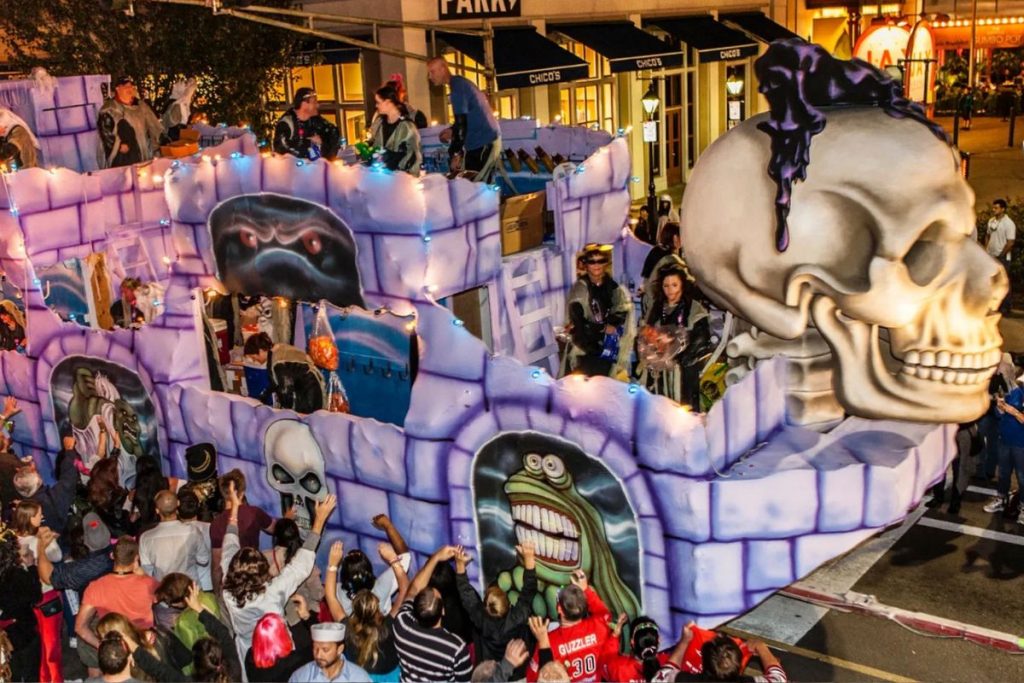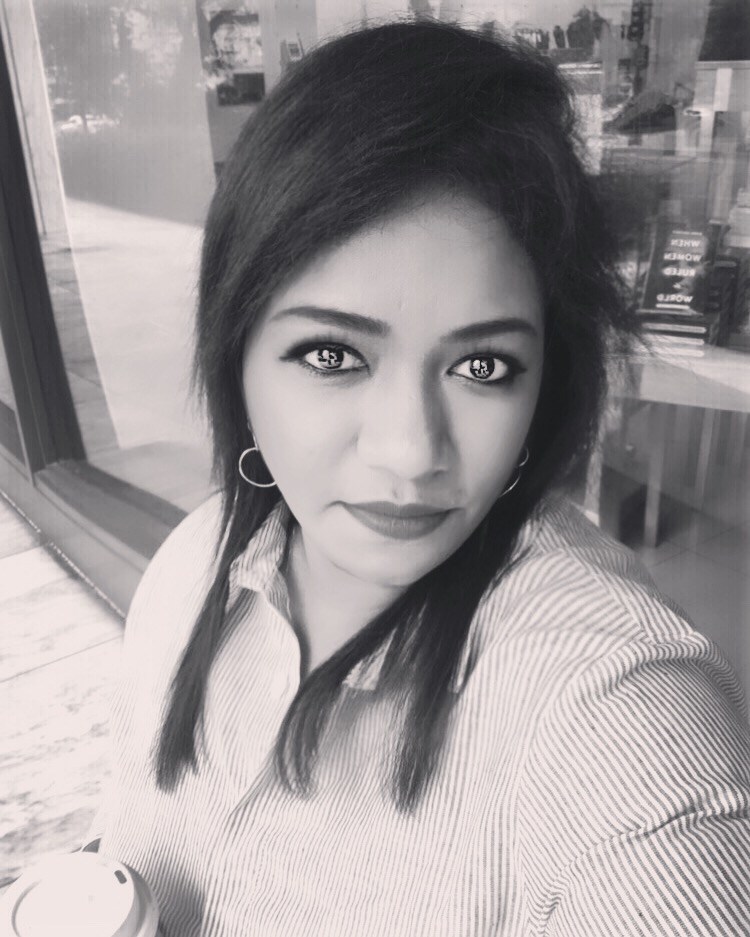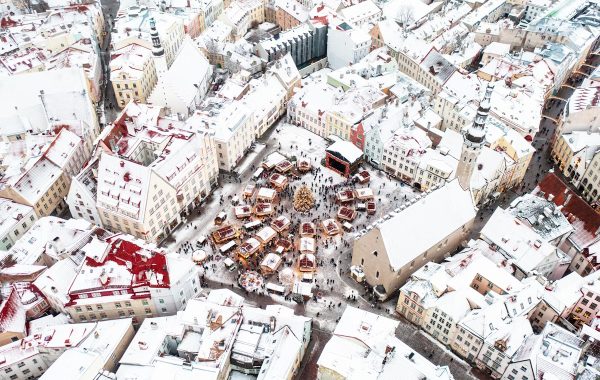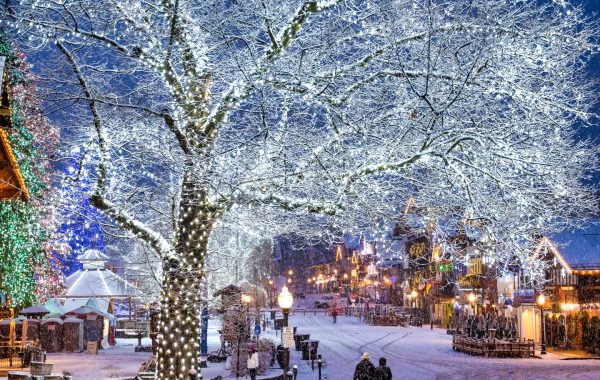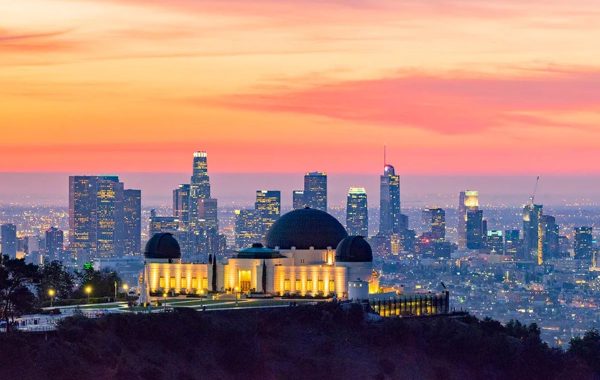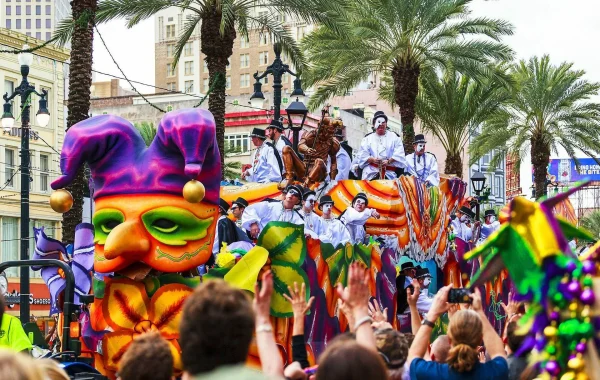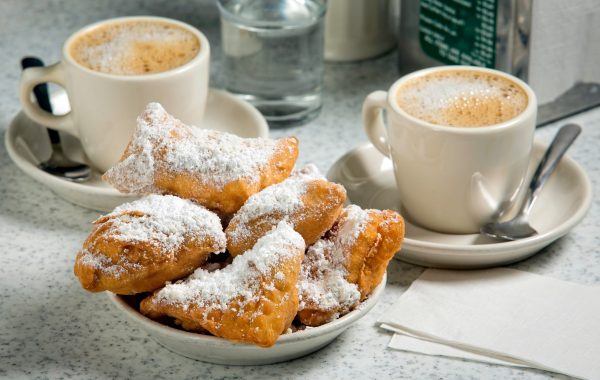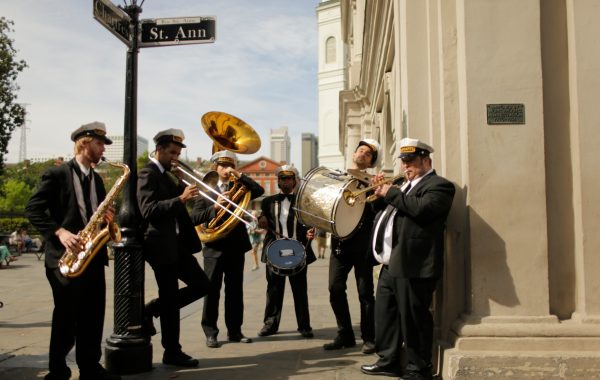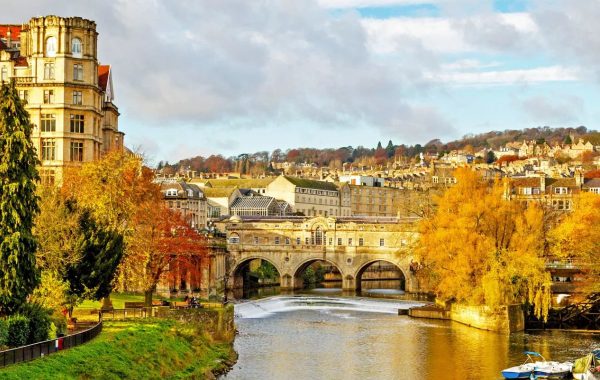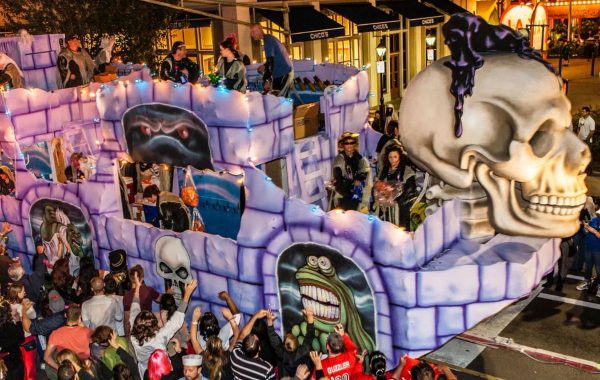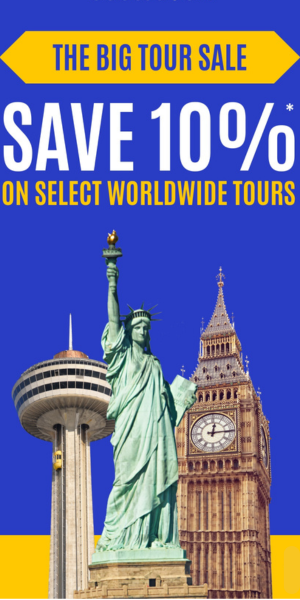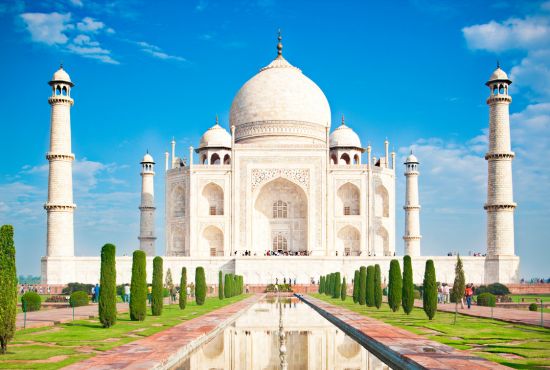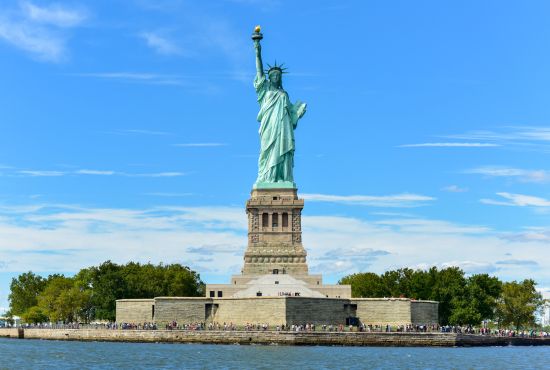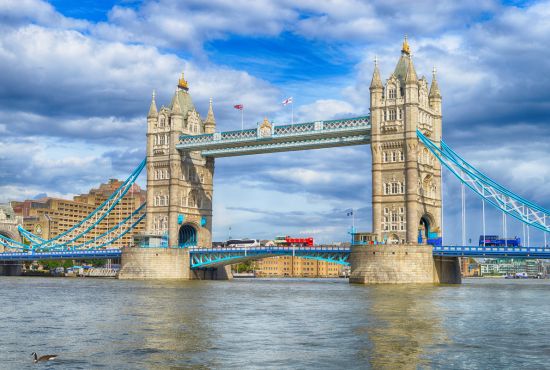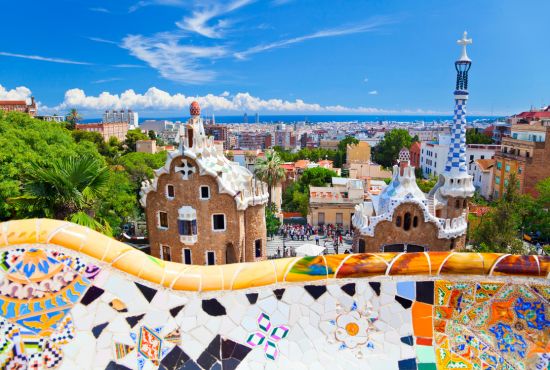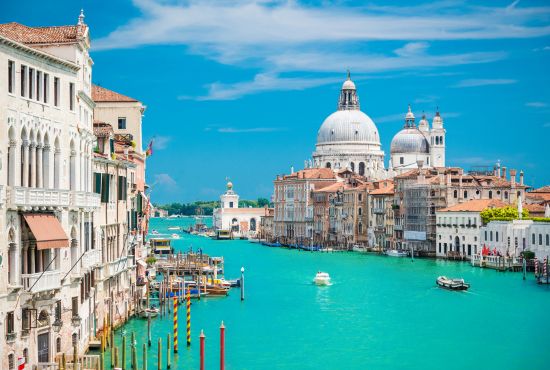In New Orleans, history whispers from balconies, spirits linger in courtyards, and the night holds more stories than daylight can explain.
I visited New Orleans last year, just a week after Halloween — which, let me tell you, feels like the perfect time to be there. Pumpkins were still sitting on stoops, houses were draped in cobwebs and flickering lanterns, and the whole city carried the last trace of celebration mixed with something older, deeper, and far more mysterious. I remember walking through the French Quarter at dusk, that hazy purple hour when the street performers start to quiet down and the wrought-iron balconies seem to whisper. The air smelled like magnolias, river water, and something a bit ancient… like history stirring. It didn’t take long to realize that in New Orleans, stories don’t just live in books or museums — they walk the streets with you.
Ghost Stories in the Crescent City
Many people call New Orleans the most haunted city in America — and honestly, it makes sense. The city has seen beauty, brutality, joy, and tragedy layered on top of each other for centuries, and it feels like all of it still lingers.
This is where enslaved Africans kept their spiritual practices alive under oppression, where pirate smugglers ducked into hidden taverns, and where the infamous LaLaurie Mansion became a symbol of horror and cruelty. Whole blocks of the French Quarter hide stories of heartbreak, murder, passion, and unresolved endings.
Step into Old Absinthe House or Napoleon House, and it’s not hard to imagine old patrons still sitting beside you. Check into the Hotel Monteleone and you’ll hear guests whisper about footsteps, voices, and sudden cold spots. And then there are the city’s cemeteries — raised above ground, lined with crumbling stone tombs that look like miniature cities for the dead. They don’t call this place “The City of the Dead” for nothing.
Ghosts are part of the architecture here. They’re not just legends — they’re atmosphere.
New Orleans Voodoo
To understand New Orleans, you have to understand Voodoo — or at least try to. It isn’t dark magic. It isn’t theatrics. It’s a spiritual tradition rooted in West African religions blended with Catholic influences, brought here by enslaved people who refused to let their identity be erased.
In Voodoo, one God exists, but day-to-day life is shaped by spirits — ancestors, guides, protectors. Voodoo queens and kings weren’t just religious figures in the 1800s; they were community leaders, healers, fortune-tellers, and political forces. Marie Laveau, the legendary Voodoo Queen of New Orleans, is still spoken about like she might walk into the room at any moment.
You can still feel these origins in Congo Square, where enslaved Africans once gathered to dance, sing, worship, and keep their cultures alive. The Voodoo Spiritual Temple continues to preserve these traditions, and the New Orleans Historic Voodoo Museum. Among the many Voodoo-inspired stops in the French Quarter, the Voodoo Museum stands out. Its dimly lit hallways and small, crowded rooms are filled with carved figures, ritual objects, and aging portraits that feel equal parts mysterious and surreal. The displays are accompanied by detailed descriptions—clearly written by someone who has spent years studying the subject—and they offer real insight into the history and cultural roots of Voodoo rather than just treating it as tourist theater.
If you want to explore further, you’ll find guided Voodoo tours throughout the city, as well as authentic spiritual shops like Voodoo Authentica and the iconic Marie Laveau House of Voodoo on Bourbon Street — a place steeped in stories and legacy.
New Orleans and Vampires
New Orleans doesn’t just have ghosts — it has vampires. Or at least, a culture that loves to believe in them. The city’s vampire mythology surged into pop culture thanks to New Orleans-born author Anne Rice, whose Interview with the Vampire and other novels turned the Garden District into sacred ground for gothic fans. People still wander past her old home on First Street, just to feel close to the world she imagined.
The vampire culture in New Orleans isn’t just some gothic throwback — it’s something the city lives and breathes. Start with The Vampire Café in the French Quarter, where the atmosphere leans deliciously dramatic: crimson cocktails poured like potions, flickering candlelight, gothic décor, and the feeling that you’ve stepped into a private soirée hosted by creatures of the night. It’s theatrical, a little cheeky, and absolutely perfect for the city’s love of the mysterious.
Next, head to Boutique du Vampyre, which has been catering to both the curious and the devoted since 2003. The shelves are lined with coffin-shaped purses, dark jewelry, capes, ritual objects, and more — all arranged in rooms lit just dimly enough to make you wonder who else might be browsing. Step inside and you’ll immediately understand why New Orleans still feels like a place where legends never quite die.
Krewe of Boo Parade
And just when you think New Orleans couldn’t lean any harder into its spooky side, October arrives — and with it, the Krewe of Boo parade. If Mardi Gras is the city’s heartbeat, Halloween is its mischievous grin, and this parade captures that spirit perfectly. Held toward the end of October, Krewe of Boo is a full-scale, Mardi Gras–style celebration, complete with floats dedicated to werewolves, vampires, ghouls, and every eerie creature you can imagine.
Float riders toss treats and trinkets into the crowd — including locally made sweets — while families, travelers, and costumed revelers of every age line the streets. New Orleans has plenty of Halloween after-parties, of course, but the parade itself is the real highlight: joyful, spooky, theatrical, and unmistakably New Orleans.
Haunted & Cemetery Tours
You can’t visit New Orleans and skip the ghost tours — they’re practically a rite of passage. The city has over 300 years of stories, and many of them are still being whispered. Guides lead you down narrow French Quarter streets after dark, through courtyards where duels were fought, and past balconies that have seen heartbreak, violence, celebration, and more than a few lingering spirits. Some tours are theatrical, others deeply historical, but all of them leave you with something to think about long after you’ve gone back to your hotel.
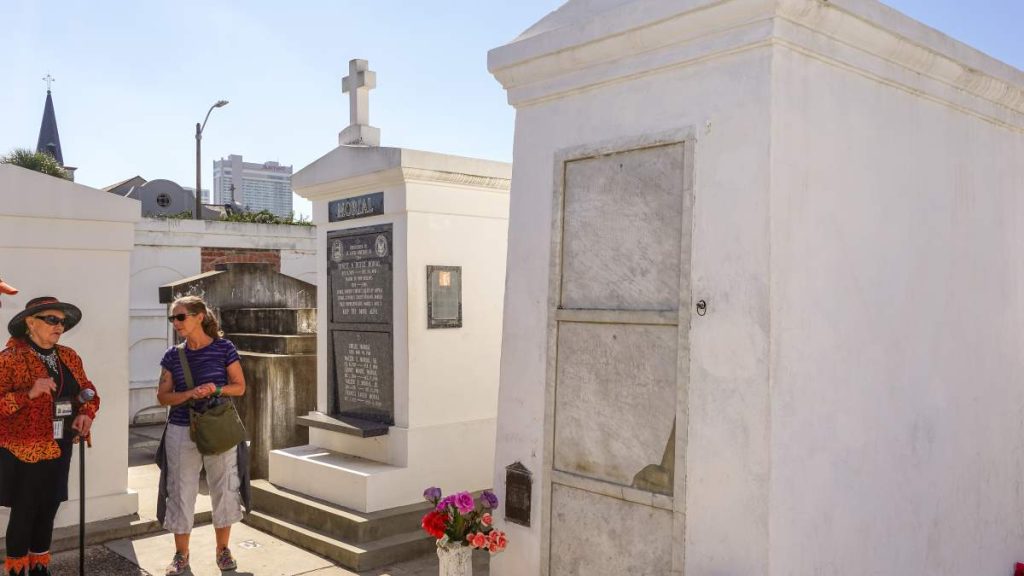
Many tours also wind their way into New Orleans’ cemeteries — and there is nowhere in the world quite like them. Because the city sits below sea level, the dead are laid to rest above ground, in ornate stone tombs that resemble miniature cities. The most famous, St. Louis Cemetery No. 1, holds musicians, artists, yellow fever victims, and the legendary Voodoo Queen Marie Laveau. Access now requires a guide, which actually adds to the quiet reverence of the place.
And if you’re chasing an extra chill, step into the New Orleans Pharmacy Museum, long rumored to be one of the most haunted buildings in town. Once operated by a pioneering pharmacist whose “treatments” sometimes bordered on experimental, visitors still report footsteps, shadows flickering past the corners of their vision, and sudden cold air moving through empty rooms.
What makes New Orleans unforgettable is not just its legends — it’s how it holds joy and darkness at the same time. Music and mourning, celebration and memory, tradition and reinvention.
Related Coverage
Your Travel Guide To New Orleans, Louisiana: The Ultimate 3-Day Itinerary
The Ultimate A–Z Guide to Eating Your Way Through New Orleans, Louisiana
A New Yorker at heart, an unapologetic anglophile, national parks explorer and former head of National Geographic publishing in India, Ritika is the Global Editor for Travel and Food Network and leads all journalism across platforms, including news, digital, videos, and social media. She writes features focused on narrative storytelling, industry trends, destinations, culinary travel, and how-to advice and is an advocate for sustainable travel. You can follow her on Instagram @newyorkeratheart


